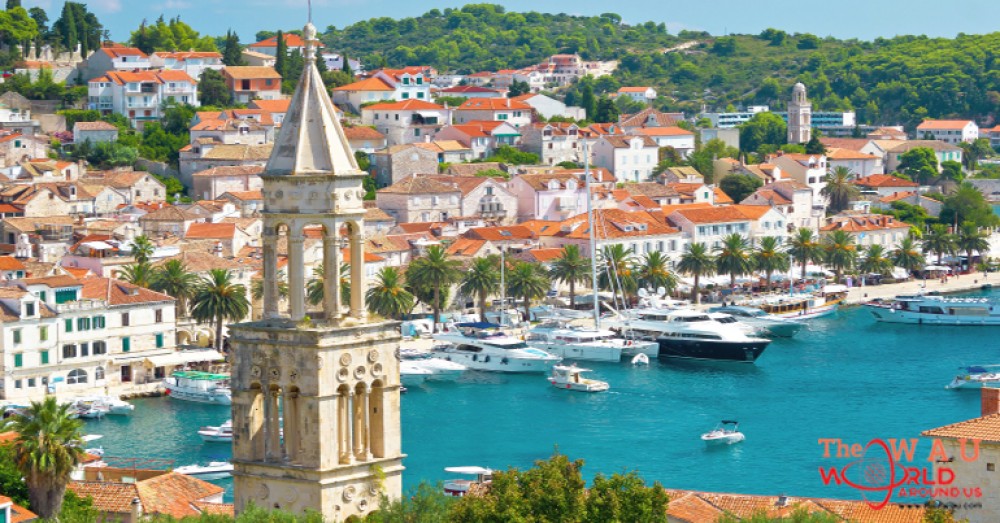Welcome to our Croatia Travel Guide where we try to answer the most common questions regarding your travel to Croatia. Croatia is emerging tourist destination. When I think of Croatia, I associate it with: small, safe, sublime, pebbles, islands, sea, countryside. The country has over thousand islands, 8 national parks, 11 nature parks, over 6.000 km of coastline and seven World Heritage sites.
From Paklenica climbing sites, beautiful beaches of central Dalmatia, great food of Istria, Croatia’s fabulous wines, partying on the islands, sailing the Adriatic, Croatia has a lot to offer to its visitors.
We’ve dedicated this entire website to this wonderful country. Vera is born and raised in Croatia, and I moved here 13 years ago. We’ve been traveling around Croatia extensively. And here at our blog we share the best of Croatia just as we discover it.
Visitors to Croatia can find useful travel tips, in-depth destination guides, things to do, places to stay, and lots of information on Croatian food and restaurants. I also sometimes share my musings on expat life in Croatia.
Do you need a visa?
Majority of foreign visitors don’t need visa to enter Croatia, including, but not limited to, EU countries, UK, USA, Australia, Canada, and New Zealand.
Foreign citizens of those countries can enter Croatia, and stay here for 90 days within 180 days period.
Citizens of EU countries can enter Croatia using only their ID card, all others need to travel with a valid passport in order to enter Croatia.
If you require a visa to enter Croatia, but hold a valid Schengen visa, as well as visas for Cyprus, Romania and Bulgaria, you don’t need a separate visa for Croatia. You are free to travel to Croatia under the condition of your current visa from the above mentioned countries.
If you require a visa for Croatia, you can print and fill the application forms here, and submit it along with requested documents to Croatian Embassy, Consulate, or an accredited tourist agency.
In order to apply for a Croatian visa, you’ll need a valid passport issued less than 10 years ago, and with an expire date at least three months after the intended departure date from Croatia.
All questions regarding visa you can send via [email protected].
Weather in Croatia

Money
While Croatia is a part of European Union, the country still doesn’t use Euro as a common currency. Croatian currency is Kuna (short: kn), and the exchange rate is at about 7,5 kn per 1€, 6,8 kn per 1$, and 8,4 kn per 1£.
Best time to go
Majority of tourists head to Croatia in July and August. However, busiest time is not always the best time to visit.
Getting there
Travelling to Croatia from anywhere in Europe is quite easy. From April through September many airlines have direct flights from all over Europe to all major Croatian towns. Besides, Split and Zagreb are well-connected by plane with the rest of Europe throughout the year. For the detailed information on flights schedule to Croatia consult Skyscanner website.














